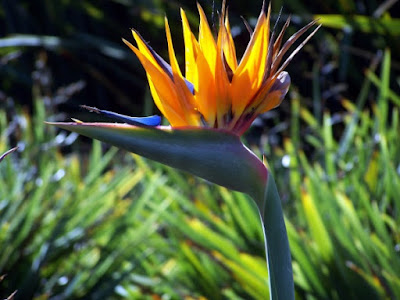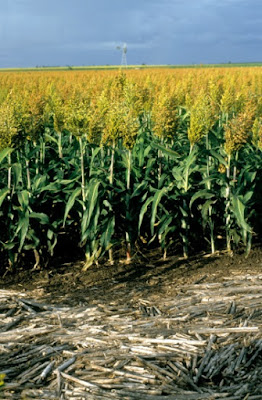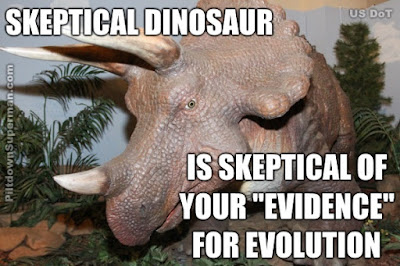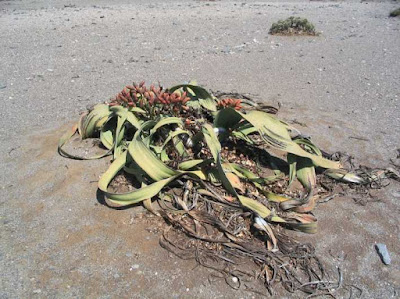Evening Primrose Tunes In

We know that there is more to plants than it seems. In recent years, scientists have discovered that trees in the forest use the wood-wide web to communicate . People believe that talking to plants helps them grow, but there is apparently no evidence to support this. However, an evening primrose may be listening. Credit: Pixabay / Manseok Kim I am not saying that you should talk to a plant and ask for advice in dealing with how evolutionists have hijacked science. The only way a plant could really hear you is if a foreign power slipped a listening device into its pot. An extremely interesting study showed that an evening primrose can sense bee-wing vibrations and quickly sweeten the nectar to attract the bees. Of course, Darwinists just assumed evolution despite no evidence whatsoever. If you study on it, you'll see that proclaiming evolution raises a whole whack of questions. The truth is that there are many interesting mechanisms that the Master Engineer designed; the ...


















